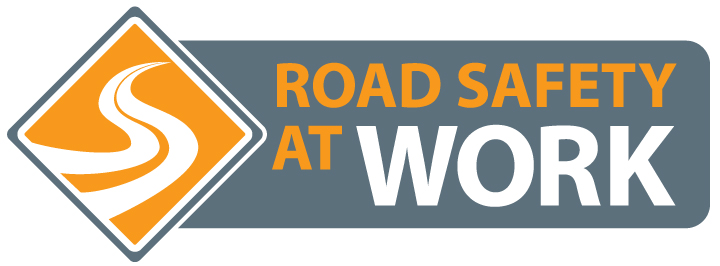Work-related motor vehicle crashes are a significant issue in BC. According to WorkSafeBC, between 2013 and 2017, there was an average of 150 crash-related time-loss claims each year in the health care and social services industry.
 “The financial consequences of a crash can be huge – helping a worker and his or her family recover, finding and hiring a new employee to temporarily replace an injured employee, repairing or replacing damaged vehicles, resources to investigate the crash, higher insurance costs plus damage to your company’s reputation,” said Rick Walters, Fleet Safety Strategy manager, Road Safety At Work. “It makes a lot of sense for employers to do what they can to prevent crashes before they occur.”
“The financial consequences of a crash can be huge – helping a worker and his or her family recover, finding and hiring a new employee to temporarily replace an injured employee, repairing or replacing damaged vehicles, resources to investigate the crash, higher insurance costs plus damage to your company’s reputation,” said Rick Walters, Fleet Safety Strategy manager, Road Safety At Work. “It makes a lot of sense for employers to do what they can to prevent crashes before they occur.”
The 10 essentials of a road safety program
A robust road safety program will help you protect your drivers and your bottom line. There are 10 essential components:
-
- Understand your responsibilities for your employees who drive for work.
- Establish management commitment.
- Engage and communicate with employees.
- Identify driving related hazards, evaluate risks and define safety measures for drivers, vehicles and journeys.
- Develop road safety policies and safe work procedures
- Establish driver selection criteria and a regular driver-review process.
- Adopt rigorous vehicle selection, inspection and maintenance processes.
- Adopt an incident-management process and make sure crashes are effectively reported, investigated and followed up.
- Establish how you will deliver, monitor and https://bccare.ca/wp-content/uploads/2022/08/medcare-img22.jpgister your road safety program.
- Regularly evaluate program effectiveness and make improvements.
Free online resources
“Improving road safety in your organization can be as simple as picking one of the 10 essentials to work on at a time,” said Walters. “Roadsafetyatwork.ca offers free online tools and resources as well as workshops, webinars and advisory services to help.”
The website offers a template for you to use to build your plan, and a process to help you along the way. There are also dozens of tool kits to help you address specific driving issues such as distracted driving, fatigue, journey management, vehicle inspections or how to ensure your drivers are qualified for the driving you assign.
Free online courses
In addition, there are seven free online courses designed specifically for employers, supervisors and managers of people who drive for work. Each course takes between 60 and 90 minutes and participants receive a certificate of completion when they finish a course.
The bottom line
The advantages of strong road safety practices are significant. They will improve the safety of your employees, reduce the number of crashes and the associated costs, and contribute to stronger business performance. Get started now!
For more, visit roadsafetyatwork.ca.
+++
This is a sponsored bulletin. To learn more about BCCPA’s online promotion opportunities, click here.




